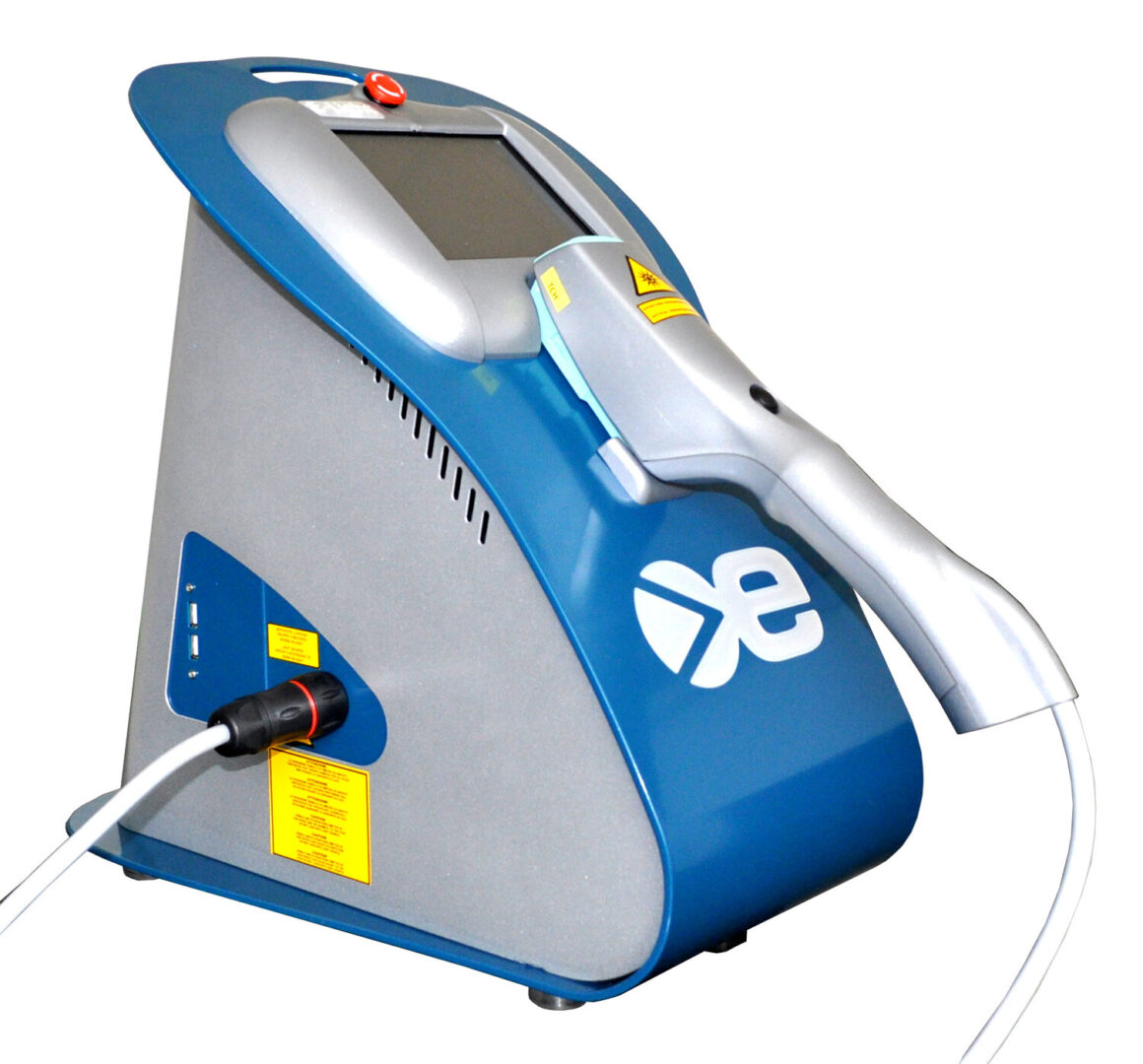Dry Eye
At the Dry Eye Center of South Tulsa, we treat many patients for Dry Eye – a common condition that occurs when the eyes are insufficiently moisturized, leading to itching, redness and pain from dry spots on the surface of the eye. Our specialists are highly experienced in diagnosing and treating this condition. We are your one stop for complete dry eye care.
Dry Eye Treatments
Dry eye syndrome is an ongoing condition that treatments may be unable to cure. But the symptoms of dry eye – including dryness, scratchiness and burning – can usually be successfully managed.
Your eyecare practitioner may recommend artificial tears, which are lubricating eye drops that may alleviate the dry, scratchy feeling and foreign body sensation of dry eye. Prescription eye drops for dry eye go one step further: they help increase your tear production. In some cases, your doctor may also prescribe a steroid for more immediate short-term relief.
Another option for dry eye treatment involves a tiny insert filled with a lubricating ingredient. The insert is placed just inside the lower eyelid, where it continuously releases lubrication throughout the day.
If you wear contact lenses, be aware that many artificial tears cannot be used during contact lens wear. You may need to remove your lenses before using the drops. Wait 15 minutes or longer (check the label) before reinserting them. For mild dry eye, contact lens rewetting drops may be sufficient to make your eyes feel better, but the effect is usually only temporary. Switching to another lens brand could also help.
Check the label, but better yet, check with your doctor before buying any over-the-counter eye drops. Your eye doctor will know which formulas are effective and long-lasting and which are not, as well as which eye drops will work with your contact lenses.
To reduce the effects of sun, wind and dust on dry eyes, wear sunglasses when outdoors. Wraparound styles offer the best protection.
Indoors, an air cleaner can filter out dust and other particles from the air, while a humidifier adds moisture to air that’s too dry because of air conditioning or heating.
For more significant cases of dry eye, your eye doctor may recommend punctal plugs. These tiny devices are inserted in ducts in your lids to slow the drainage of tears away from your eyes, thereby keeping your eyes more moist.
If your dry eye is caused by meibomian gland dysfunction (MGD), your doctor may recommend warm compresses and suggest an in-office procedure such as Lipiflow or Thermal 1-Touch to clear the blocked glands and restore normal function.
Doctors sometimes also recommend special nutritional supplements containing certain essential fatty acids to decrease dry eye symptoms. Drinking more water may also offer some relief.
If medications are the cause of dry eyes, discontinuing the drug generally resolves the problem. But in this case, the benefits of the drug must be weighed against the side effect of dry eyes. Sometimes switching to a different type of medication alleviates the dry eye symptoms while keeping the needed treatment. In any case, never switch or discontinue your medications without consulting with your doctor first.
Treating any underlying eyelid disease, such as blepharitis, helps as well. This may call for antibiotic or steroid drops, plus frequent eyelid scrubs with an antibacterial shampoo.
If you are considering LASIK, be aware that dry eyes may disqualify you for the surgery, at least until your dry eye condition is successfully treated. Dry eyes increase your risk for poor healing after LASIK, so most surgeons will want to treat the dry eyes first, to ensure a good LASIK outcome. This goes for other types of vision correction surgery, as well.


